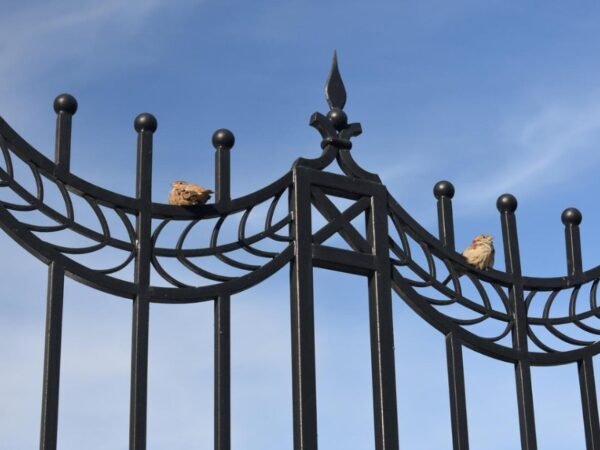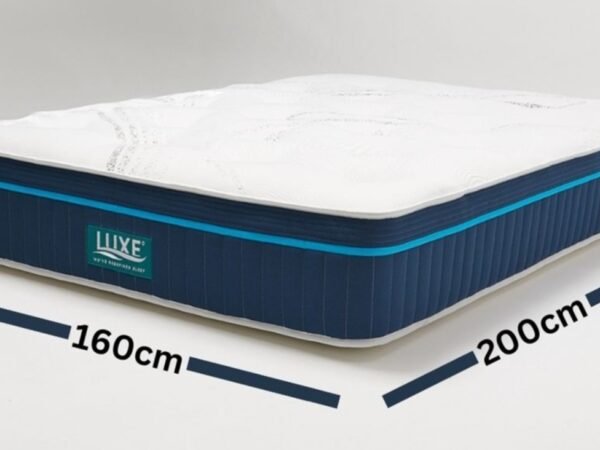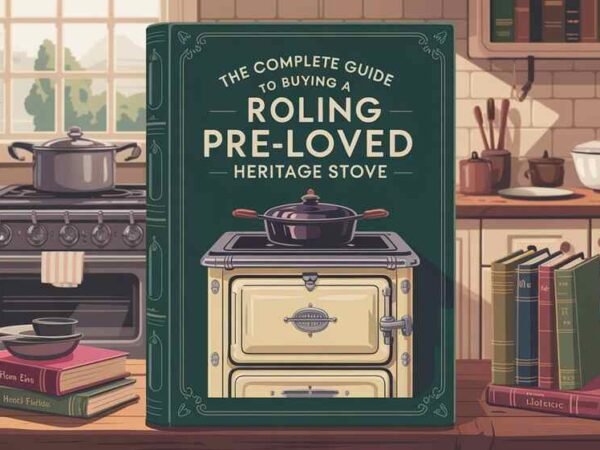Every estate auction is a moment frozen in time. It’s a scene where lives are boxed, sorted, and placed under the hammer—not just to sell, but to move on. While many see them as venues for antique finds or property deals, estate auctions quietly narrate the transitions of generations. They are windows into how families evolve, cities grow, and values shift with time. From furniture styles to neighborhood changes, what gets sold tells us more than we think. Tea sets, artwork, or even old kitchen appliances all whisper tales of eras past, urban changes, and shifting priorities.
Homes in Transition: What Auctions Say About Space and Settlement
From Family Homes to Marketed Houses
An estate auction often begins after a home has outlived its purpose for its occupants. Parents pass away, children move out, or relatives choose to downsize. These moments highlight a clear trend: the shift from multi-generational living to individualized lifestyles.
The Rise of Urban Downsizing
Urban areas are becoming hubs for younger generations. Meanwhile, estate auctions in suburban and rural areas tell the story of aging populations leaving behind large properties. This shift reflects how cities absorb energy and resources while the outskirts quietly let go.
- Many estate auctions are held in aging neighborhoods now being reshaped for young professionals.
- Properties often end up in the hands of developers, showing how land use transforms with generations.
Objects of Memory: What Items Reveal About Lifestyles
Furniture as a Timeline
A 1980s leather recliner, a 1960s dining table, and a collection of porcelain dolls aren’t just things—they’re timelines. Estate auctions reveal the tastes of eras, the decades’ economics, and the generations’ family dynamics.
What Gets Saved, What Gets Sold
Interestingly, some items are never sold—family members keep them. These patterns reveal emotional value:
- Saved: Photographs, handmade crafts, wedding attire.
- Sold: Electronics, appliances, duplicate furnishings.
This shows a shift in attachment, from physical property to digital memory and convenience.
Shifting Values: Why Generations Leave Different Legacies
Minimalism and the Next Generation
Younger generations are moving away from accumulation. Estate auctions often surprise millennials and Gen Z buyers with the volume of possessions their grandparents owned. Today’s lifestyle leans toward:
- Digital storage over physical keepsakes
- Multi-use furniture and smaller homes
- Renting over owning
This contrast creates a unique dynamic: the items in an estate auction may feel “too much” to heirs but “just right” to vintage lovers.
A Cultural Change in Inheritance
In the past, inheritance often meant keeping heirlooms. It means selecting a few meaningful pieces and selling the rest.
- This doesn’t mean people care less—it means they value differently.
- Estate auctions provide a respectful way to transition items without waste.
Economic Echoes: What Estate Auctions Reflect About Wealth Distribution
Trends in Assets Across Generations
Some estate auctions feature luxury items like art, real estate, and rare jewelry. Others are modest, reflecting simple, carefree lives. This variation mirrors broader economic patterns. Some estates go to private bidders; others become public events, drawing crowds for affordability.
Affordability Meets Opportunity
Estate auctions are opportunities for buyers to find quality items at fair prices. For sellers, it’s a way to liquidate respectfully and quickly. But for society, these sales reflect economic histories—who had what and why.
Estate Auctions and Urban Evolution
Neighborhood Shifts Through Sales
Attend several estate auctions in a year, and patterns emerge. Neighborhoods once dominated by retirees now buzz with young couples. The furniture sold isn’t just furniture—it’s the last piece of a family’s chapter in that place.
Architectural Echoes
Old houses have distinct designs: sunken living rooms, patterned wallpaper, or stained glass panels. When these homes are sold at auction, they are often remodeled or demolished, marking a personal shift and a community transformation.
Conclusion: A Mirror to Life’s Movements
Estate auctions are far more than final sales. They reflect change. From one generation to the next, what we own, value, keep, and release tells the story of who we are becoming. These events mark turning points: where memory meets movement, where possessions gain new life, and where societal change becomes visible in living rooms, garages, and closets.
FAQs
What is typically sold at an estate auction?
Estate auctions include furniture, antiques, jewelry, artwork, appliances, books, tools, and property. The items vary depending on the individual’s lifestyle and the estate’s size.
Are estate auctions only held after someone passes away?
No. While many occur after death, others happen during downsizing, divorce, relocation, or retirement. They’re simply a method of respectfully transferring belongings.
Can anyone attend an estate auction?
Yes, the public can attend the majority of estate auctions. Some require registration to bid, but anyone can observe or participate in the bidding process.
How do estate auctions differ from garage sales or consignment?
Estate auctions are professionally managed events that usually sell all or most of the items from an estate.
Do Read: The Unexpected Perks of Having a Private Water Retreat













